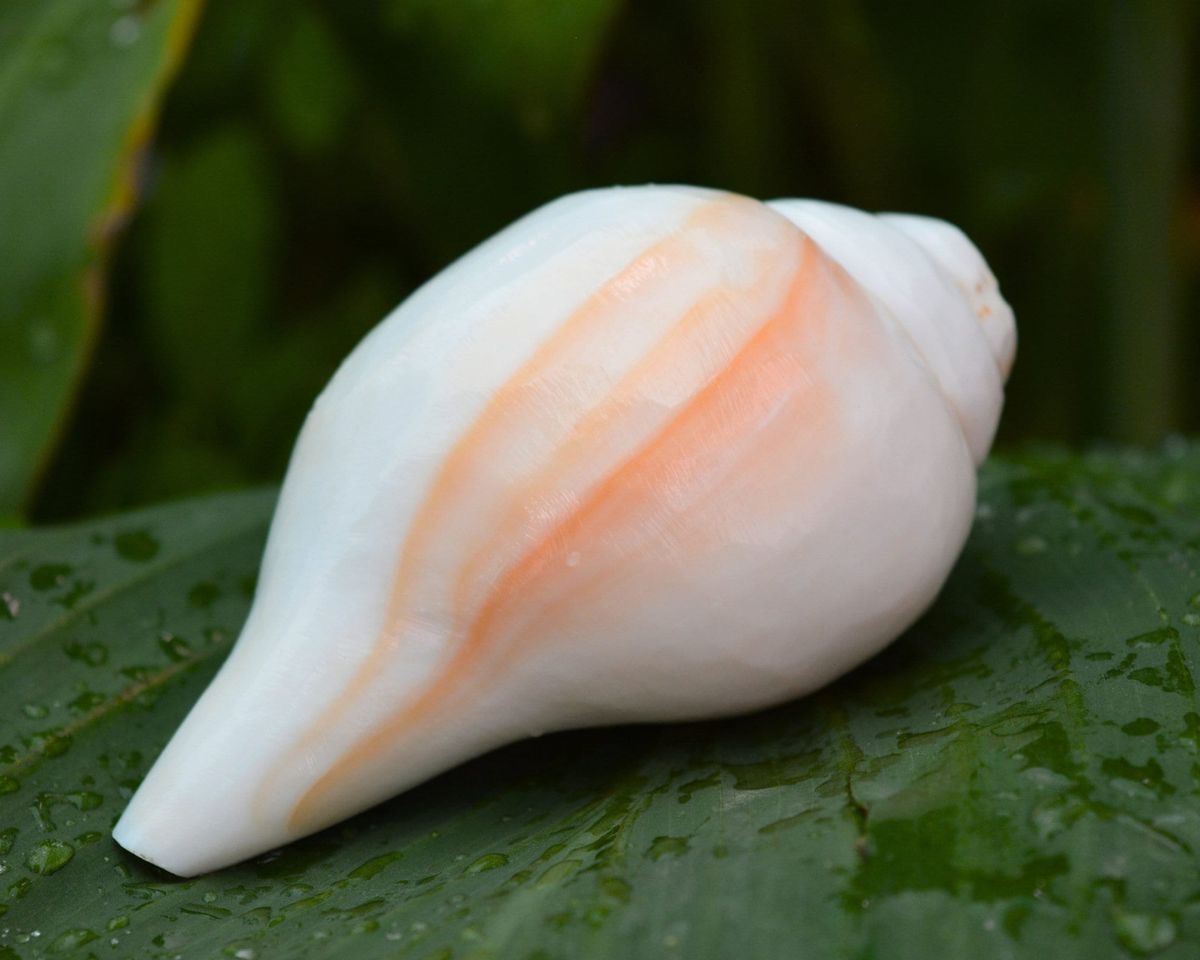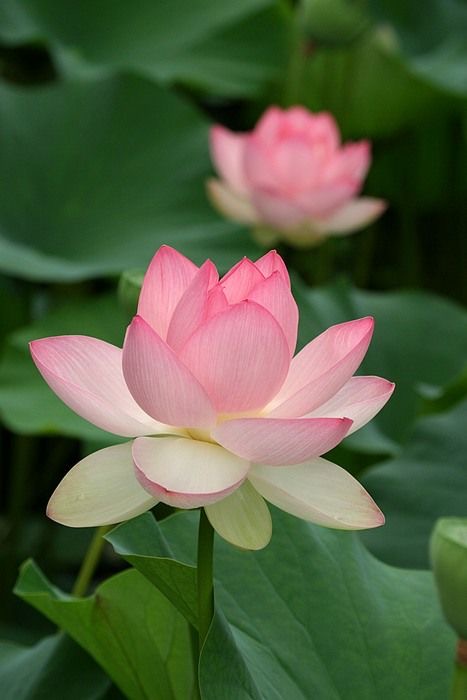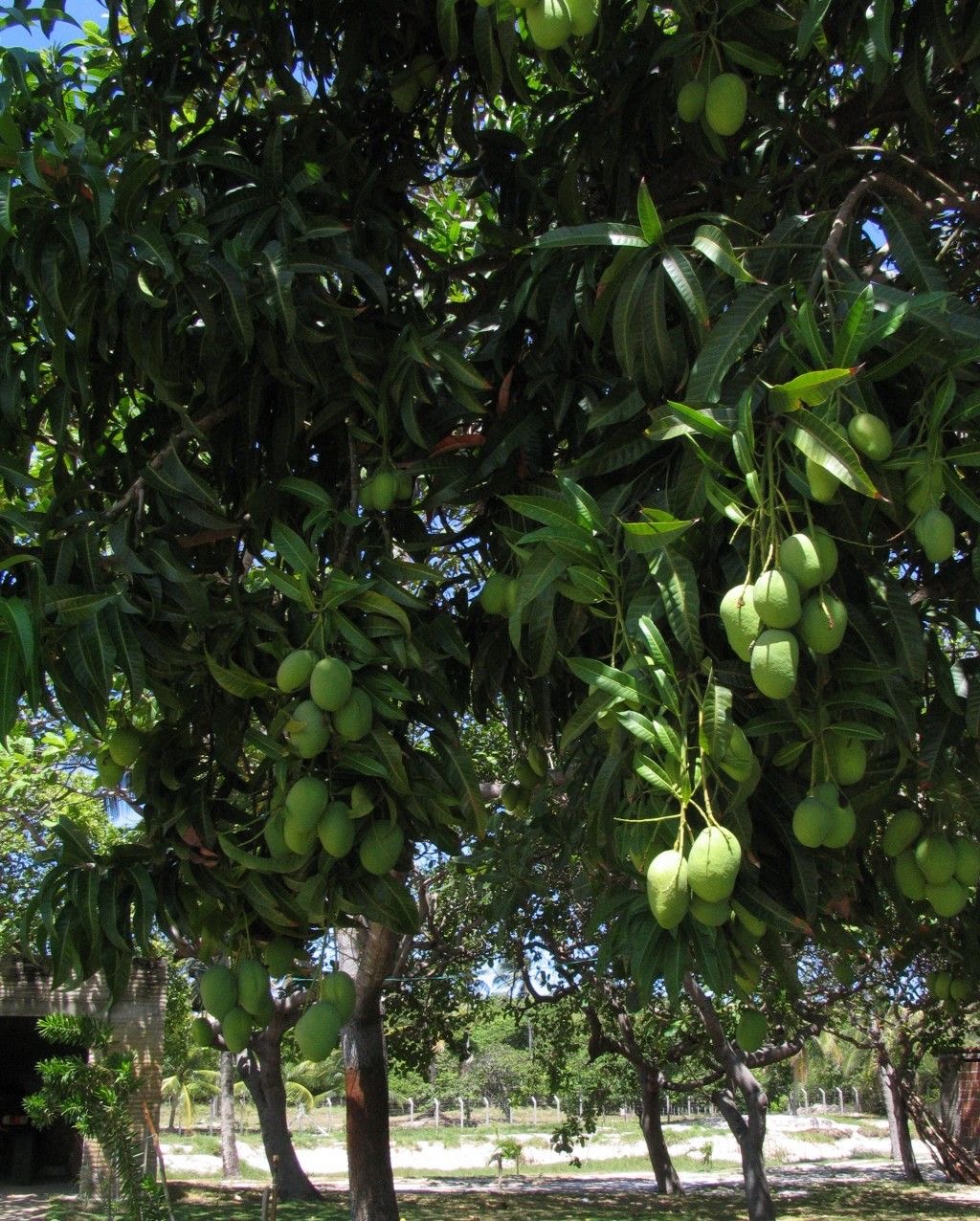Conches are a species of extremely large mollusc which belong to the Strombidae family. They’re considered ‘shy’ creatures since they usually come out during the night to feed and spend the day buried deep in the sand. Some conch shells also produce pearls, but these are extremely rare and very expensive. The surface of a conch shell is hard, shiny and translucent, similar to porcelain. The shape of the shell is oblong with a bulge in the middle and tapering at the ends. Like all other snail shells, the interior of the conch is hollow. The shiny, soft, white conch with the pointed ends is heavier than the others, and is the most desired and sought after.
The history of conch shells dates as far back as 65 million years ago. There’s also evidence from 3,000 years ago that they were used by people as cooking pots, hooks, knives and pendants in various parts of the world. In India, the conch was first mentioned as the ‘shankha’ in the Atharvaveda around 1000 BCE. It’s also stated in the Mahabharata that Shri Krishna blew a conch shell when announcing the start and the end of battles. After this, the conch shell became a commonly used sacred item. Conch shells were used as war trumpets and it’s still used as a trumpet to begin almost all Hindu rituals.
The conch is also an important feature in Buddhist culture. It’s often seen in certain rituals and marriage ceremonies not only in India but also in Pacific Island countries as well as in Southern Asia and South America.
There are many interpretations of the conch shell, depending on the type of shell. Left-turning conch shells have been used by Hindus as objects of prayer and vessels to hold holy water. The right-turning conch, which is typically white in colour, is sacred to the Hindus and Buddhists as it symbolises the Dharma, the righteous order. Since the conch is seen as a symbol of purity, many Hindu households have one. These are kept very carefully, usually placed on a clean, red cloth or in a clay or silver pot.
According to Hindu mythology, the conch shell is a revered and sacred emblem of the Hindu god Vishnu, known as the Preserver of the Cosmos. When blown, the sound heard from the conch shell is said to be symbolic of the sacred ‘Om’ sound and Vishnu, who’s always portrayed holding it in his right hand, is the god of sound. The shell also represents the home of Lakshmi, the goddess of wealth and the divine consort of Lord Vishnu.
Aside from the religious and mythological aspects of the conch shell, its significance can also be verified by science. If you try holding a conch shell to your ear, you can clearly hear the sound of the ocean waves humming gently. The sound you hear is the vibration of the Earth’s cosmic energy which is magnified once it enters the shell.
The conch shell is popularly used in powder form as an ayurvedic treatment for stomach problems. This is done by soaking the conch in lime juice and heating it to extremely high temperatures in oxygen or air around 10 or 12 times, before it’s reduced to powder ash. The ash, known as ‘shankha bhasma’ in Sanskrit, contains iron, calcium and magnesium and is also said to have digestive and antacid properties.
Without a doubt, this beautiful and multifaceted object is a divine gift of nature and a must have for positive vibes in your home.
















